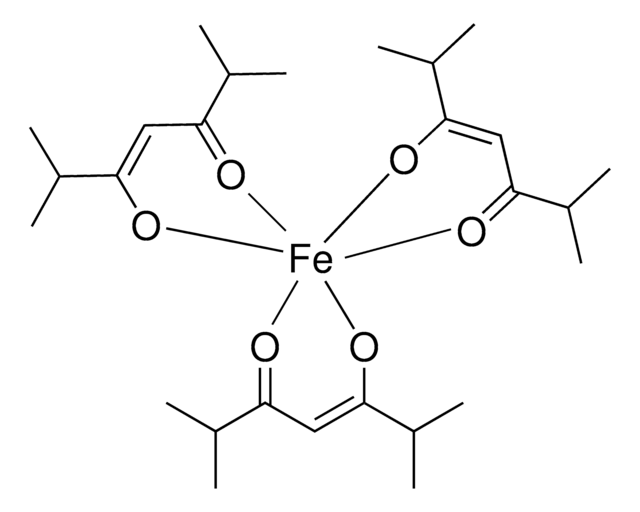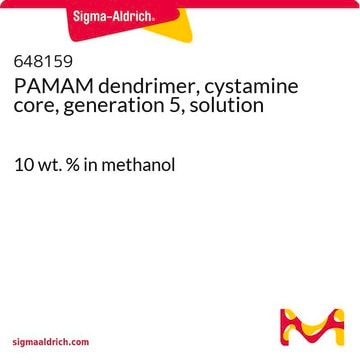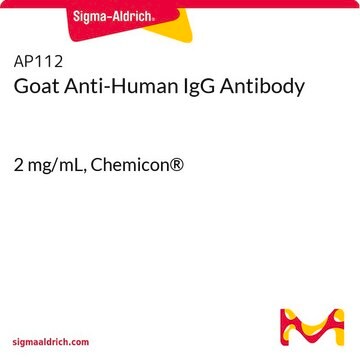推薦產品
描述
hydroxyl surface groups
形狀
solid
分子量
PEG average Mn 20,000
average Mn 20,300
generation 1
號表面基團
4
轉變溫度
Tm 54-58 °C
Mw/Mn
≤1.2
官能基
hydroxyl
尋找類似的產品? 前往 產品比較指南
其他說明
儲存類別代碼
11 - Combustible Solids
水污染物質分類(WGK)
WGK 3
閃點(°F)
Not applicable
閃點(°C)
Not applicable
文章
Progress in biotechnology fields such as tissue engineering and drug delivery is accompanied by an increasing demand for diverse functional biomaterials. One class of biomaterials that has been the subject of intense research interest is hydrogels, because they closely mimic the natural environment of cells, both chemically and physically and therefore can be used as support to grow cells. This article specifically discusses poly(ethylene glycol) (PEG) hydrogels, which are good for biological applications because they do not generally elicit an immune response. PEGs offer a readily available, easy to modify polymer for widespread use in hydrogel fabrication, including 2D and 3D scaffold for tissue culture. The degradable linkages also enable a variety of applications for release of therapeutic agents.
我們的科學家團隊在所有研究領域都有豐富的經驗,包括生命科學、材料科學、化學合成、色譜、分析等.
聯絡技術服務



![二氯三苯基膦[双(2-(乙硫基)乙基)胺]钌(II) 97%](/deepweb/assets/sigmaaldrich/product/structures/355/871/c9ac8b63-9a77-4c66-b545-cb7c41673aa4/640/c9ac8b63-9a77-4c66-b545-cb7c41673aa4.png)




